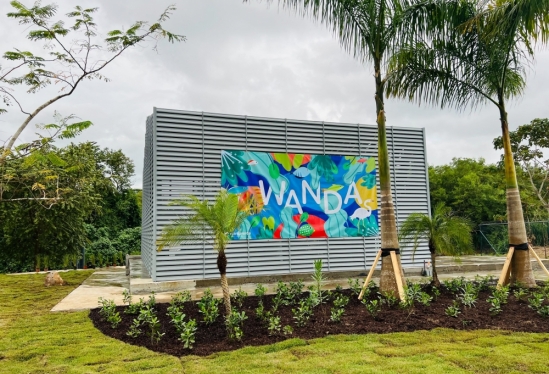Catching Plastic at Its Source
Source: https://www.news.ucsb.edu/2022/020720/catching-plastic-its-source
Author: Shelly Leachman
A semiautonomous trash interceptor powered by flowing water and sunlight today stad eating plastic on the Juan Díaz River in Panama City, Panama, the most ambitious attempt yet to rescue a long-contaminated waterway from being a floating landfill. It’s also a significant step in a broader campaign to remove plastic from waterways in Latin America, Africa and Southeast Asia, and to analyze the extracted plastic with an eye toward addressing the pollution’s root cause. The interceptor is a “trash wheel,” affectionately nicknamed Wanda Díaz, a project of the environmental group Marea Verde. One of eight members of the Clean Currents Coalition, Marea Verde is part of a worldwide effort to subdue the plague of ocean plastics, partly by capturing and removing plastics at their source: polluted rivers. “There’s a living river under all that trash, or there could be,” said Douglas McCauley, director of UC Santa Barbara’s Benioff Ocean Science Laboratory, which advises the Clean Currents Coalition. “The waters of the Juan Díaz once nourished the local community, the nearby mangroves and the Pacific Ocean. We’ll never restore rivers like this to health unless we can start to get the plastic out - and keep it out. And rescuing rivers from plastic is the key to rescuing the oceans.”

